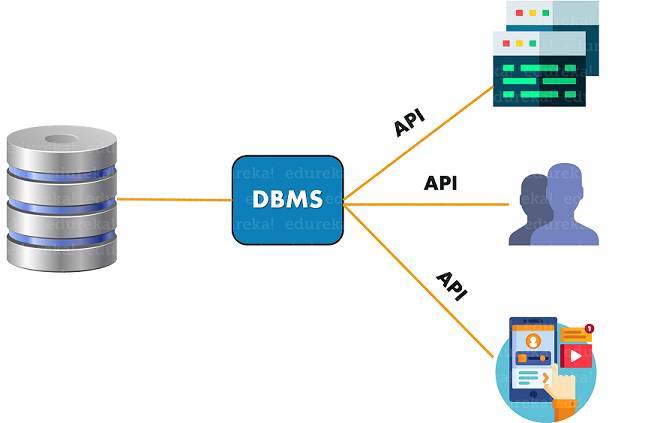Database Management: Organizing the Digital Universe
Database Management: Organizing the Digital Universe
Introduction:
In today's digital age, information has become one of the most valuable assets for businesses and organizations. The management of vast amounts of data has given rise to the field of Database Management, a crucial discipline that ensures efficient storage, retrieval, and manipulation of information. In this blog, we will delve into the significance of Database Management, its key principles, and its indispensable role in the modern world.
Understanding Databases: The Digital Libraries of Information:
A database is a structured collection of data that is organized and stored in a way that allows for easy access, retrieval, and management. It acts as a digital repository that houses various types of information, such as customer records, financial transactions, inventory details, and much more.
Key Components of Database Management:
Data Modeling: Data modeling involves designing the logical structure of a database, defining the relationships between different data elements, and identifying the rules for data integrity and accuracy.
Data Query and Retrieval: Database Management Systems (DBMS) provide a query language that allows users to interact with the database, retrieve specific information, and perform complex operations on the data.
Data Integrity and Security: Ensuring the accuracy and consistency of data is vital in database management. Implementing security measures to safeguard sensitive information from unauthorized access is equally important.
Data Backup and Recovery: Regularly backing up the database is crucial to protect against data loss due to hardware failures, accidents, or cyber threats. An efficient recovery plan ensures the database can be restored to a consistent state in case of any mishaps.
Types of Databases:
There are several types of databases, each suited for different purposes:
Relational Databases: These databases organize data into tables with rows and columns, and relationships between tables are established using keys. Structured Query Language (SQL) is commonly used to interact with relational databases.
NoSQL Databases: NoSQL databases offer flexible data models that can handle unstructured or semi-structured data. They are well-suited for applications dealing with large-scale data and real-time processing.
Object-Oriented Databases: These databases store data in the form of objects, making them ideal for object-oriented programming languages.
Applications of Database Management:
Database Management is vital in various domains:
Business and Finance: Companies rely on databases to store and manage customer information, sales records, financial data, and inventory details.
Healthcare: Electronic Health Records (EHR) databases allow healthcare providers to access patient information, medical history, and treatment plans efficiently.
Education: Educational institutions use databases to manage student records, course information, and academic data.
E-commerce: Online stores depend on databases to handle product catalogs, customer profiles, and transaction data.
Conclusion:
Database Management serves as the backbone of the digital universe, enabling organizations to organize, access, and utilize data effectively. It plays an indispensable role in improving business processes, enhancing decision-making, and advancing various fields, from healthcare to education.
As technology continues to evolve, the importance of database management will only grow. The ability to harness and analyze data efficiently will remain a key differentiator in the success of businesses and organizations worldwide. As we move into an era of big data and artificial intelligence, the principles of database management will continue to underpin our journey towards a smarter and more connected future.

Comments
Post a Comment